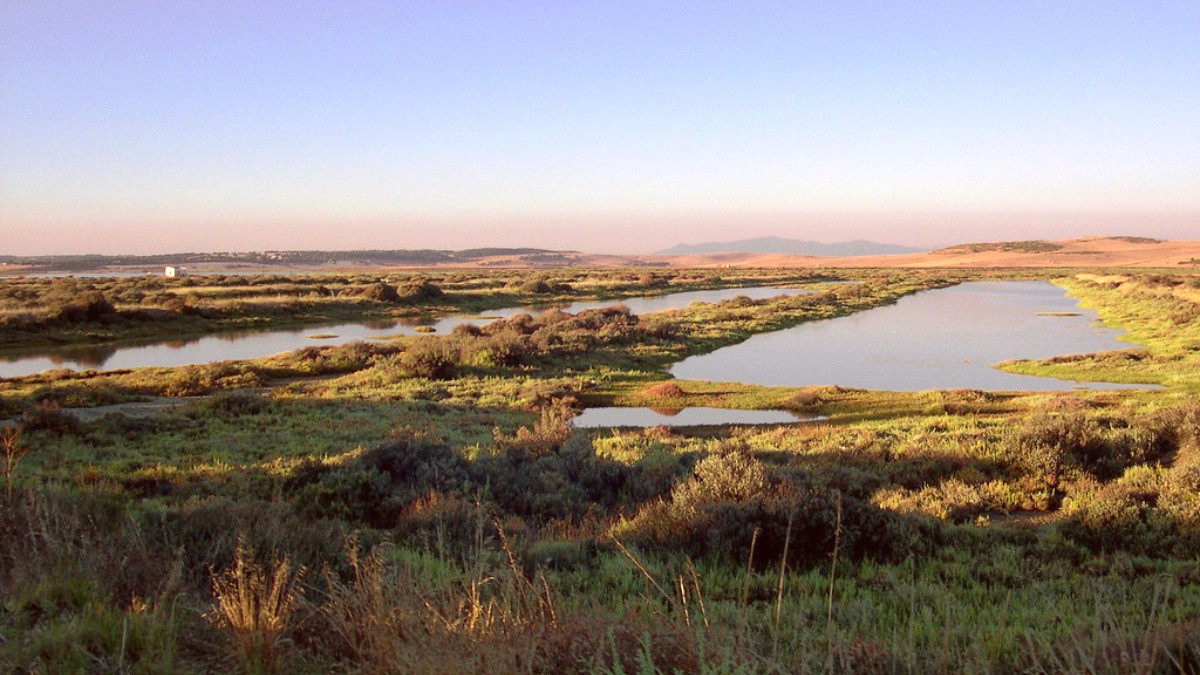
Andalucia, Spain
Access Cadiz via neighboring cities' airports, each offering different advantages in terms of distance and flight variety.
Various airlines connect these airports to domestic Spanish routes and numerous European cities.
All major airports (Jerez, Seville, Malaga) have standard facilities: car rental desks, ATMs, currency exchange, duty-free shops, cafes, restaurants, and lounges. Free Wi-Fi is generally available.
Trains, buses, taxis, and car rentals offer ways to reach Cadiz city or your accommodation from the airports. Each airport provides specific transfer methods.
Flight frequency and prices grow significantly during summer and major holidays. Shoulder seasons offer a balance of pleasant weather and reasonable prices. Book flights in advance for better rates.
No direct flights typically operate to Jerez or Seville. Connections usually mean a stop in a major European hub like Madrid, Barcelona, London, Paris, Frankfurt, or Amsterdam.
Numerous direct flights link Jerez and Seville from major European cities like London, Paris, Berlin, Rome, and Brussels. These connections are typically efficient.
Malaga Airport has more direct connections to certain non-European cities, though these links remain limited from far-flung destinations. Its extensive European network is its main strength.
Spain boasts an efficient land transportation network. Renfe, Spain's national rail operator, runs modern, air-conditioned trains.
The bus network complements train services, reaching towns not served by rail. Buses are often more economical for regional routes.
Self-driving in Spain grants freedom to explore at your own pace. Ensure you meet all necessary requirements before setting off.
Spanish driving laws are strict, notably regarding speed and alcohol.
Cadiz is a historic port city, making sea travel an unique way to arrive, especially for cruise passengers or those from the Canary Islands.
Arrival by sea involves standard immigration. The port's central location ensures simple access to city transport.
No specific departure or exit taxes are typically imposed on travelers leaving Spain by air, land, or sea. These fees typically feature in your ticket price.
For Schengen flights, arrive 2 hours before. Non-Schengen international flights, arrive 3 hours before. For trains/buses, arrive 20-30 minutes before. Ferry times vary, often 1-2 hours prior.
All major departure points offer waiting areas, restrooms, and options for food and beverages. Airports also have duty-free shopping. Free Wi-Fi is generally available.
Reconfirm flight, train, or ferry schedules before heading to your departure point. Check for any unexpected delays or changes to ensure a smooth journey.